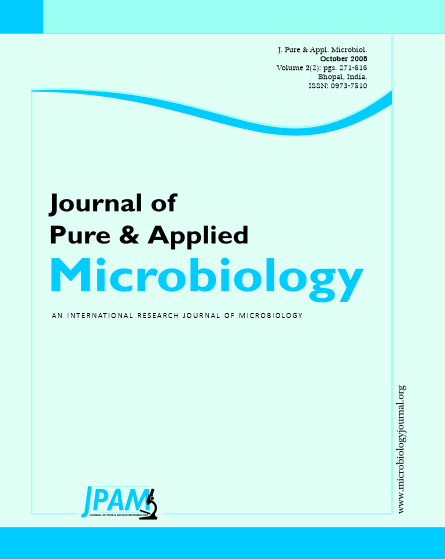The composition of the native essential oil of Thymus vulgaris and its antifungal activity on Candida albicans, Aspergillus niger and Aspergillus flavus fungal strains were studied in Iran. Essential oil from the aerial parts of the plant was obtained by hydrodistillation and analysed by GC and GC-MS. The oil showed high contents of carvacrol and thymol. The MIC was used to evaluate the antifungal activity against Candida albicans ATCC 10231, Aspergillus niger ATCC 9642 and Aspergillus flavus ATCC 9643. Antifungal activity was evaluated for the essential oil and simultaneously for Amphotricin B. Results showed that Thymus vulgaris essential oil exhibited a significant activity against fungi, and its MIC on Candida albicans, Aspergillus niger and Aspergillus flavus were respectively 0.30, 0.15 and 0.25 µg ml-1 (ppm). The present study indicates that Thymus vulgaris essential oil has considerable antifungal activity,deserving further investigation for clinical applications.
Thymus vulgaris, MIC, Antifungal activity
© The Author(s) 2008. Open Access. This article is distributed under the terms of the Creative Commons Attribution 4.0 International License which permits unrestricted use, sharing, distribution, and reproduction in any medium, provided you give appropriate credit to the original author(s) and the source, provide a link to the Creative Commons license, and indicate if changes were made.


